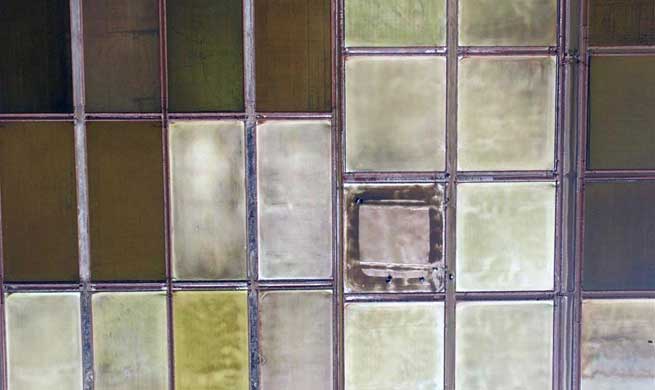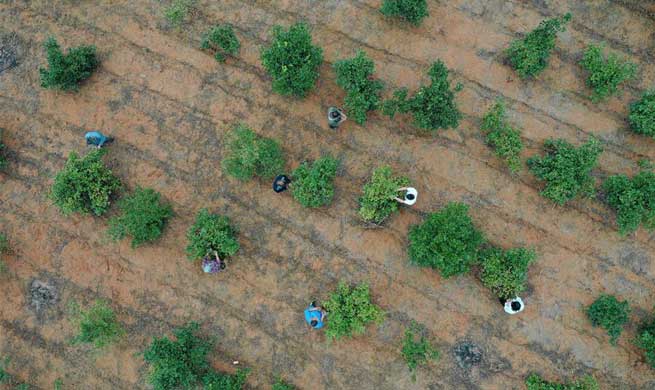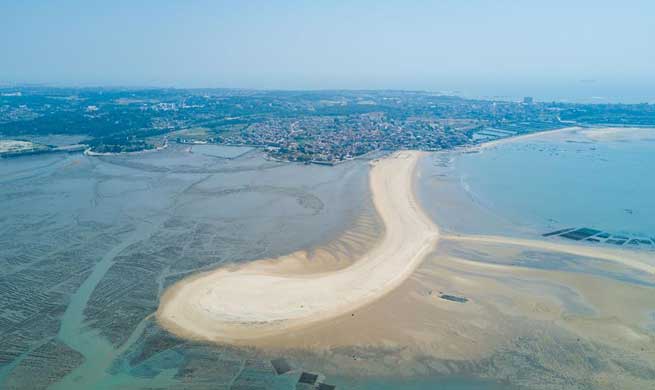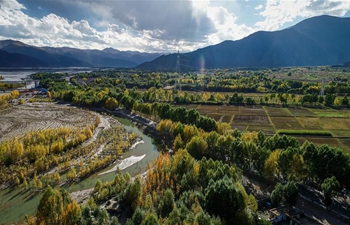WELLINGTON, Oct. 5 (Xinhua) -- An international team of scientists will set off this weekend to place earthquake monitoring instruments along New Zealand's largest fault, the Hikurangi subduction zone, helping to prepare for the next great earthquake.
About 40 instruments will record seismic movement and information that will help scientists better understand the earthquake and tsunami potential for the zone, which runs along the North Island's East Coast, GNS Science expedition leader Daniel Barker said in a statement on Friday.
"What we can learn about this fault and how it moves will help us understand and prepare for the next great earthquake," Barker said, adding subduction zones are where most of the world's deadliest earthquakes, volcanoes and tsunamis occur.
This plate boundary has the potential to produce powerful earthquakes and tsunamis, so this research is a priority for New Zealand geoscientists, said project leader Laura Wallace.
One of the instrument types being used is seafloor pressure sensors, that will record the upward or downward movement of the seabed. It can detect "slow motion earthquakes" offshore, and may also provide evidence about how the zone might behave in a large earthquake, Wallace said.
The team, which comprises scientists from New Zealand, the United States and Japan, will also deploy two arrays of precision seafloor transponders to track horizontal movement of the seafloor, and several ocean bottom seismometers.
"We expect that the instruments will record many hundreds of small earthquakes that cannot be accurately located with land-based instruments," Wallace said.













